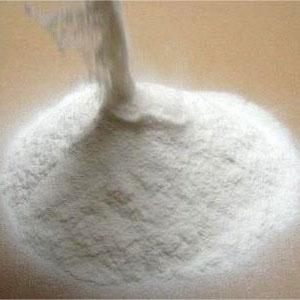Application Performance of HPMC
Hydroxypropyl methyl cellulose (HPMC) is a kind of non-ionic cellulose ether, which is made of natural polymer materials as raw materials and refined by a series of chemical processes. Today we will learn about the application performance of HPMC.
● Water solubility: it can be dissolved in water in any proportion, the highest concentration depends on the viscosity, and the dissolution is not affected by PH.l Organic solubility: HPMC can be dissolved in some organic solvents or organic solvent aqueous solutions such as dichloroethane, ethanol solution, etc.
● Thermal gel characteristics: Reversible gel will appear when their aqueous solution is heated to a certain temperature, with controllable quick-setting performance.
● No ionic charge: HPMC is a non-ionic cellulose ether and will not complex with metal ions or organics to form insoluble precipitates.
● Thickening: Its aqueous solution system has thickening, and the thickening effect is related to its viscosity, concentration, and system.

● Water retention: HPMC or its solution can absorb and retain water.
● Film formation: HPMC can be made into a smooth, tough, and elastic film, and has excellent grease and oxidation resistance.
● Enzyme resistance: HPMC's solution has excellent enzyme resistance and good viscosity stability.
● PH stability: HPMC is relatively stable to acid and alkali, and the pH is not affected in the range of 3-11. (10) Surface activity: HPMC provides surface activity in the solution to achieve the required emulsification and protective colloid effects.
● Anti-sagging property: HPMC adds system thixotropic properties to putty powder, mortar, tile glue, and other products, and has excellent anti-sagging ability.
● Dispersibility: HPMC can reduce the interfacial tension between the phases and make the dispersed phase uniformly dispersed into droplets of appropriate size.
● Adhesion: It can be used as a binder for pigment density: 370-380g/l³ paper, and can also be used in coatings and adhesives.
● Lubricity: It can be used in rubber, asbestos, cement, and ceramic products to reduce friction and improve the permeability of concrete slurry.
● Suspension: It can prevent the fixed particles from precipitation and inhibit the formation of precipitation.
● Emulsification: Because it can reduce the surface and interfacial tension, it can stabilize the emulsion.
● Protective colloid: A protective layer is formed on the surface of the dispersed droplets to prevent the droplets from merging and agglomerating to achieve a stable protective effect.
Post time: May-08-2025

